Enduring Excellence: Breadth and Depth Mark UT Austin’s Paleontology Program as One of the Best
March 24, 2011
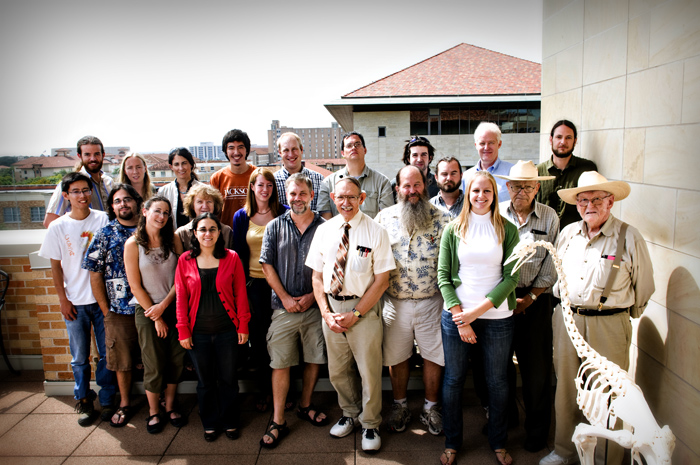
At a time when university paleontology programs are being downsized or eliminated, The University of Texas at Austin’s is thriving. The program recently added Julia Clarke, a rising star studying the evolution of birds and dinosaurs, and Matt Brown, a fossil preparator who honed his skills at Chicago’s Field Museum.
Brown and others are pioneering the use of CT scans to guide them in preparing fossils, making UT Austin one of the few universities- if not the only one-routinely doing this. (Read more about this innovative technique)
The university’s vertebrate and non-vertebrate paleontological collections, among the seven largest in the country, continue to grow as scientists and students go into the field each year and un-earth more material from the Southwestern U.S., South America, Australia, Antarctica, and Asia.
The strength of the program was reflected in the choice of the university to host the Society of Vertebrate Paleontology’s annual conference in 2007 and the triennial International Congress on Rudists in 2005.
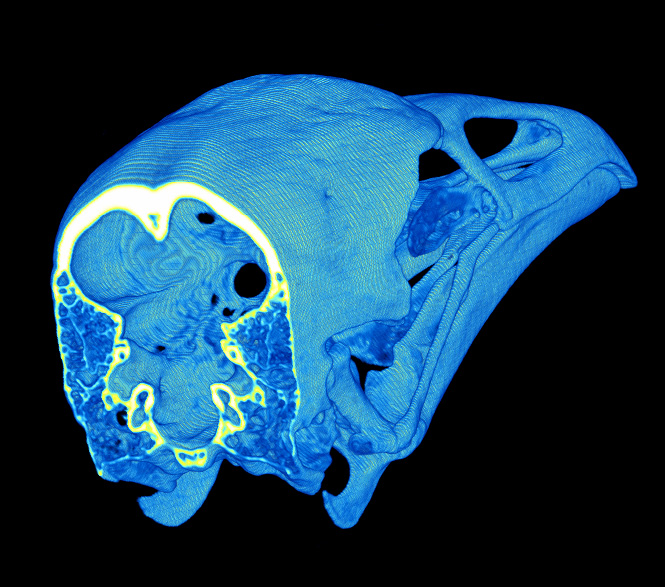
Since 1909, when the first paleontology course was taught at the university, UT Austin has graduated more than 400 master’s and Ph.D. students in paleontology-more than other highly ranked programs such as Harvard or the University of California at Berkeley. There are currently 14 paleontology graduate students in the Jackson School alone.
The number of faculty, researchers and staff dedicated to paleontology across the university is tremendous by academic standards. These include nine faculty members (four in the Jackson School, three in the College of Liberal Arts, and two in Natural Sciences), the director of the Texas Natural Science Center, two collections managers, several CT lab researchers, a fossil preparator, and a museum educator. Emeritus professors Ernie Lundelius and Wann Langston continue to push forward in their research.
“Because of our outstanding students, our size, and the breadth of research both within the Jackson School and across the university campus, we are one of the strongest paleontology programs in the country,” says Rowe. “We have an amazing heritage of past discoveries, but as strong as our tradition is, thanks to innovative investment in technology and brilliant new faculty, I believe the best is yet to come.”
A Peek Inside
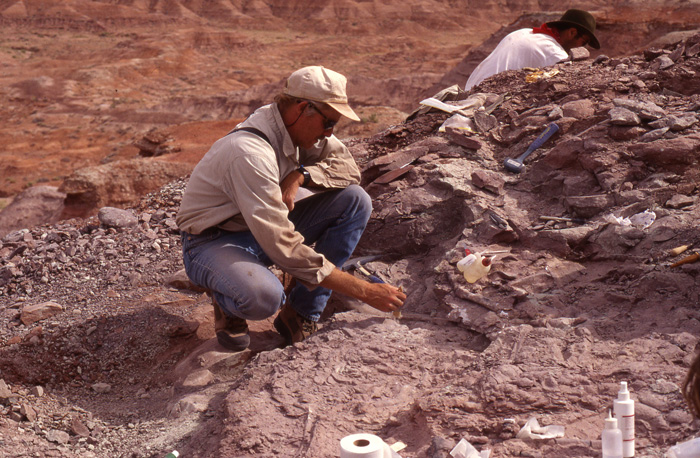
When Tim Rowe picked up the football-sized egg in his Washington hotel room and gently tilted it, he could hear something tumbling inside. He was taking it, one of only a handful of completely intact eggs of the extinct Elephant bird of Madagascar, from National Geographic’s Explorers Hall to Austin to take a three dimensional X-ray. On the airplane, Rowe flew coach. The egg flew in an extra seat in the cockpit.
Rowe and his master’s student Amy Balanoff scanned the egg at the High Resolution X-Ray CT facility (UTCT), a National Science Foundation (NSF) shared multi-user facility co-founded by Rowe, Bill Carlson, professor of geology, and John Kappelman, professor of anthropology. In the scans, you can clearly see a jumble of bones, the remains of an Elephant bird embryo. The researchers digitally picked out individual bones and then measured them to learn about how the bird’s embryos developed.
Fully grown Elephant birds were twice as tall as humans and weighed about 1,000 pounds. The CT data revealed that one key to their ability to grow so large is that they grew rapidly as embryos. The best part is, the researchers didn’t have to crack open the egg, which is now back on display in Washington.
Why do we need Paleontology?With so many urgent problems facing geoscientists such as climate change, earthquakes, an energy crisis and a water crisis, is paleontology still relevant? |
This is one way CT scanners are revolutionizing paleontology. It’s allowing scientists to revisit classic specimens and to continue to squeeze information from them. Archaeopteryx specimens dating back to the time of Darwin, for example, have been studied and restudied. When Archaeopteryx was scanned at the UTCT, scientists for the first time were able to determine that its brain and systems for seeing and hearing were like those of a modern bird.
The UTCT is directed by Rowe, Carlson, and Rich Ketcham, associate professor of geology, with Jessie Maisano and Matt Colbert as research scientist associates (Maisano is also facility manager). Since the lab was founded in 1997, more than 5,000 samples have been scanned, including about 2,000 fossils and biological samples. All of those scans have been useful to researchers whose institutions own the specimens, but with the advent of the Web, Rowe had the vision to make the data available to the public so that anyone could access them for research and education. With an NSF grant, he created DigiMorph (www.DigiMorph.org), a website that has grown to include visualizations and animations of more than 850 specimens. Many of the scanned items are considered the crown jewels of the museums that house them.
“Each and every image from our scanner is entirely new to science, an image never before seen, providing new insights and data on specimens that in some cases have been handled for decades or centuries by scientific luminaries,” says Rowe. “I could foresee that this scanner would be important, but I never dreamed it would prove to be so powerful.”
Wings to Flippers
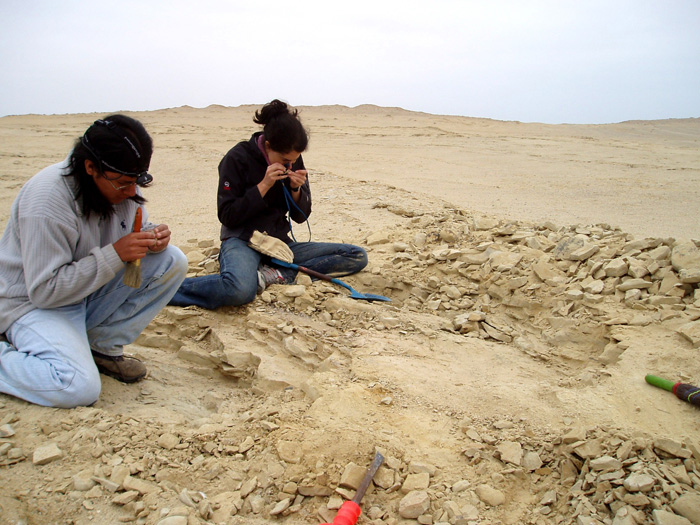
For many years, Julia Clarke has studied one of the great evolutionary innovations in the history of life on our planet: the evolution of flight in dinosaurs and rise of the major living bird groups. One recent international collaboration provided evidence that before feathers were used for flight, they displayed color and color patterns in other dinosaurs, suggesting early feathers may have had other purposes such as attracting mates, camouflage, confusing predators, frightening prey, or establishing territory.
Now she’s taking on another great evolutionary leap: the modification of wings into flippers. Penguins and one or two now-extinct groups of birds evolved the ability to “fly” through water and lost aerial flight.
“People think of these birds as flightless, and that implies these dinky little vestigial wings that aren’t useful for anything,” she says. “Nothing could be farther from the truth. They’re actually co-opting an aerial flight stroke for a strong aquatic flight stroke.”
All sorts of modifications happened along the way from aerial flying to aquatic flying, including changes in birds’ bones, muscles, brain structures, inner ears, and feathers. Wing-propelled diving as it’s also called is very different from aerial flying. Water is 800 times as dense as air and its resistance is about 70 times greater.
Clarke and her colleagues recently received an NSF grant to sort out how the transition from wings to flippers happened. But first they have to create a family tree for all water birds.
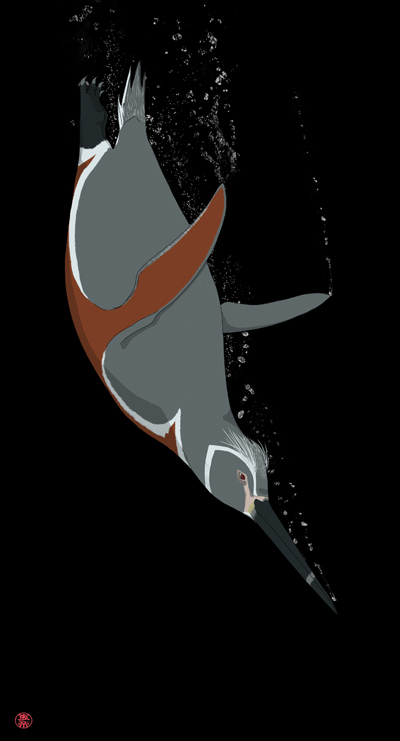
“So we need to use molecular sequence data and morphological data to look at the evolutionary relationships of everything from a pelican to a heron to a penguin to a loon, which is this pretty massive group,” she said. They’ll also describe several recently discovered extinct species of penguins in the fossil record and place them in the family tree too. “That’s the phylogenetics, that’s figuring out these relationships so that we can ask these other interesting questions,” she said.
Scientists have discovered that across most species of living birds, feathers have very similar mechanical properties. They bend and flex in ways that are ideally suited to flying in air. “But what we wonder is do you see changes in feather structure, material properties, and bending in response to the evolution of aquatic flight?” she asks.
Other changes might be more subtle, such as changes in the penguin brain related to how it senses its surroundings and controls its wings in the water.
Clarke didn’t set out to focus on penguins. They just seemed to flock to her.
“I worked on a fossil that happened to be the earliest penguin from South America in 2003, doubling their known existence on that continent, and I never really intended to work on penguins again,” she says. Then Peruvian colleagues invited her to work on what turned out to be the first giant penguin skull and other key early penguin fossils. Along the way, she ruffled feathers in the scientific community by showing that penguins once lived where they shouldn’t have-near the equator during one of Earth’s warmer periods.
Blasted Fossils
It’s hard to pinpoint exactly when Jim Sprinkle’s career documenting the life and evolution of a group of extinct sea creatures called echinoderms began while he was growing up in a suburb of Boston. There were the fossil collecting trips across the border in New York state with junior high science teachers. There was the summer job at Harvard’s zoology museum. And there was the high school science fair project in which he identified and described some castoff fossil blastoids (a subgroup of echinoderms) from the museum and others he’d bought from collectors. He shared first prize in his school and went on to an honorable mention at the state fair in Boston.
Fossil Treasure TrovesThe university has a world class collection of 4.5 million invertebrate and 1 million vertebrate specimens, putting them among the seven largest in the country |
Echinoderms are invertebrate marine animals with spines and protective cover plates of calcium carbonate. Some, like the blastoids are extinct. Others-such as starfish, sea urchins, crinoids, and sea cucumbers-live on.
What probably sealed the deal was a chance discovery while taking a summer field geology course at Indiana University’s Field Station in southwest Montana after his sophomore year at MIT. On one of his mapping projects, he noticed blastoids weathering out of some limestone slabs. He brought chunks of this rock back to camp and put them in Styrofoam cups with bubbling acid to dissolve away the surrounding limestone.
“By the time I was done, I got 25 or 30 blastoids out, which was more than anybody had ever found in that part of Montana,” he says.
Ray Gutschick, a Notre Dame paleontologist doing field work in the area, was excited and enlisted Sprinkle to work as a field assistant over the next two and a half summers, during which they collected 1500 blastoids from all over western Montana. It took them 25 years, however, to describe the specimens, including two new genera and eight new species, in Harvard’s Museum of Com-parative Zoology Bulletin.
Now here he is, a professor in the Department of Geological Sciences for almost 40 years, and there seems to be no end in sight for finding new echinoderms, figuring out how they relate to each other, and learning how they lived. He notes that 15 out of 20 classes of echinoderms that have ever lived are now extinct, including blastoids.
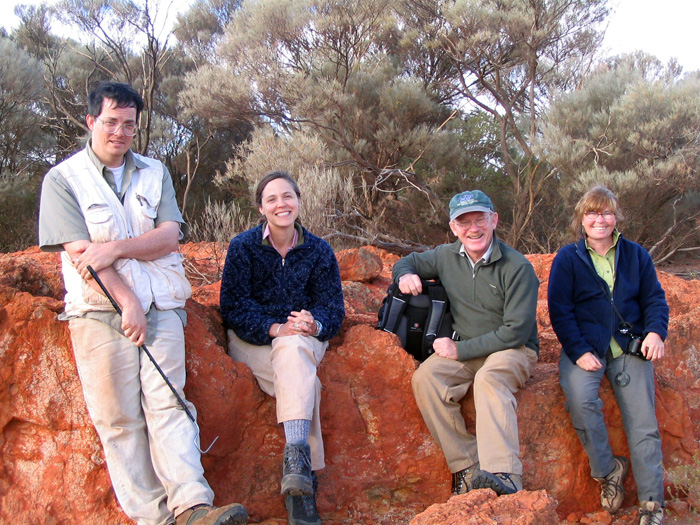
“So there are no living representatives from those groups,” he says. “If you’re going to know about them, you’ve got to go to the fossils and work out what’s going on-how they lived, how they’re related to each other, how much diversity there was, things like that.”
He says fossils are also critical for understanding where the living echinoderms such as starfish came from. That’s because echinoderms rapidly diversified 500 million years ago, near the beginning of the Paleozoic.
“Just looking at living animals will only get you so far,” he says. “You get some ideas of where things join up going into the past, but that’s got a lot of problems with it. You’re too removed from when the interesting things were going on.”
Rocking the Stability Hypothesis
In the 1980s, paleontologists studying fossils from the Quaternary Period came to a surprising conclusion: Over the last two million years, as ice ages came and went, amphibians and reptiles in much of North America experienced relatively few extinctions or changes in geographic ranges, and the origin of no new species. This is known as the Herpetofaunal Stability Hypothesis (HSH). At the same time, the geographic ranges of mammals and birds expanded and contracted in response to climate changes. Many large mammals such as ground sloths, saber-toothed cats, and mammoths went extinct.
Chris Bell took another look at the HSH in a paper published this past spring in an issue of the journal Quaternary International dedicated to Ernie Lundelius, an emeritus professor of paleontology at UT Austin. In it, Bell and his co-authors argue that the logic behind the HSH is circular and therefore unreliable.
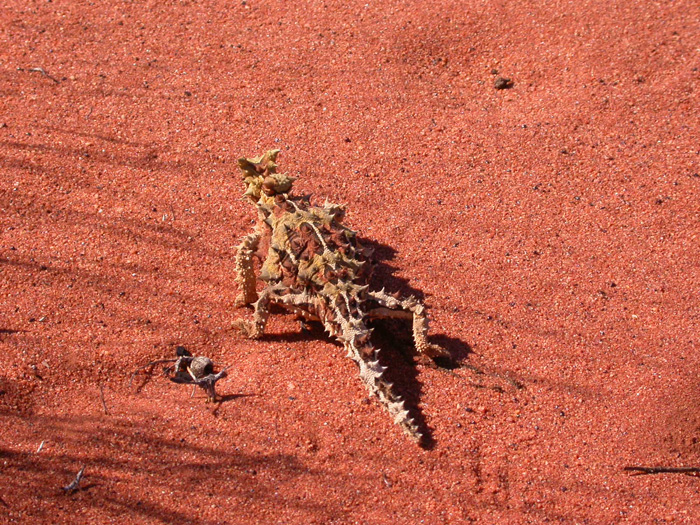
For one thing, North American fossils from the Quaternary have been traditionally identified based largely on comparisons with animals currently living in the same area or region as the fossil. It’s as if paleontologists were given a multiple choice test in which all possible answers are on a sheet of paper in front of them. It almost guarantees that they’ll identify a fossil as being from a species that is both still living today and living in the same area.
“The stability hypothesis is, then, not a revelation or conclusion drawn from analysis of the data themselves, but is instead a predetermined outcome of a methodological approach,” he writes.
Bell suggests an alternative approach for identifying fossils based on apomorphies, evolutionary traits that are unique to a particular species and all of its descendants. Unfortunately, species-level identification is often just not possible by apomorphies based on what we know so far or the completeness or preservation of a particular specimen. Bell’s new focus is on gathering more apomorphic data. Until more apomorphies are discovered, Bell acknowledges, Quaternary paleontologists will be unable to answer some scientific questions using that method. But he feels this is a small price to pay for more reliable data and a way to test hypotheses derived from the fossil record.
Highlights of UT Paleontology
|
Getting these fossil identifications right is important beyond paleontology. The way plants and animals responded to changes in climate in the recent past offers clues about what changes are in store for our planet during the current period of rapid warming.
“The insights we gain from ? our work now take on renewed importance as a global community decides how, or whether, to approach the challenges predicted for coming centuries by modern climate models and an increasingly diverse assemblage of scientists,” writes Bell.
Now he’s applying this apomorphy-based approach to a diverse group of lizards in Australia known as agamids to see how his conclusions differ from more traditional approaches to classification. He discovered that no comprehensive skeletal collection exists for these lizards, so his first task is to build one in collaboration with colleagues from the Western Australia Museum.
by Marc Airhart
For more information about the Jackson School contact J.B. Bird at jbird@jsg.utexas.edu, 512-232-9623.
